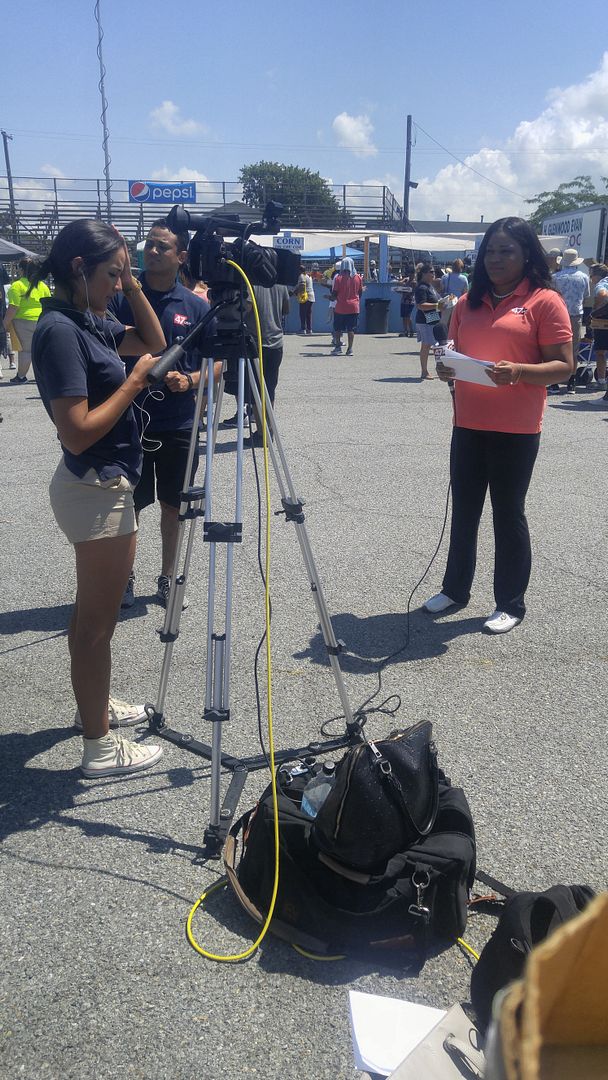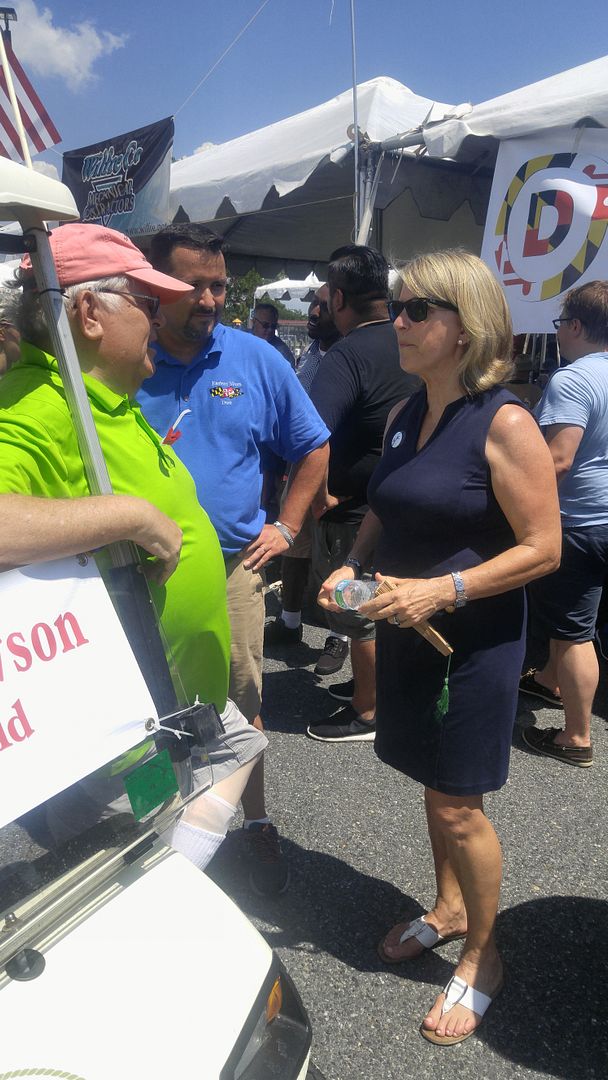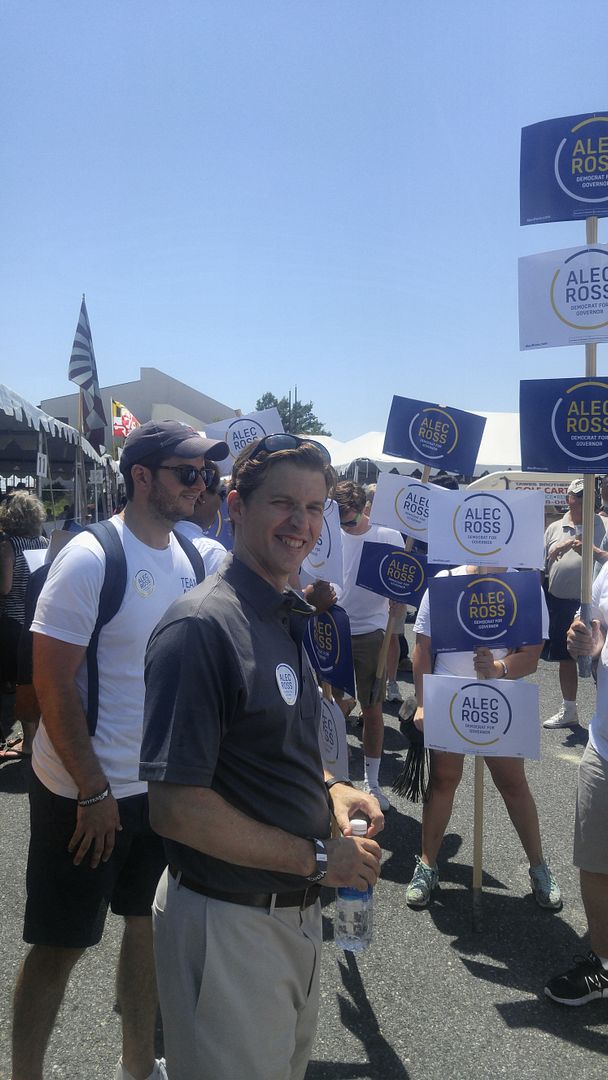Yes, the mailboxes need pruning again. As I noted in my previous post, sometimes I will promote posts that deserve a full retelling, but that’s not to say these dribs and drabs of bloggy goodness aren’t important – just not quite deserving of a full post.
Time for a victory garden, and more
A few weeks back I discussed the return of a local blogger who can now be found on Substack. Another resource that can be found there is AND Magazine, which was its own website but has moved on to a two-tier subscription-based approach. (I get the free stuff, and that’s plenty. But if you’re really into it, they have “exclusive content” for paying subscribers, too.)
I like the resource since it has more of a foreign policy interest than most conservative news sources – for example, who else talks about the alliance between Iran and China? – so my interest was piqued more than usual with two recent posts.
The first dealt with a shortage we haven’t heard much discussion about: what happens if we don’t have fertilizer?
Global fertilizer prices have tripled under Biden. That doesn’t just mean that food costs will rise. It means in many places farmers will not be able to afford to buy fertilizer. They will grow crops without fertilizing them. The yield from those crops will be a fraction of what they would be if they were fertilized.
Sam Faddis, “Time For A Victory Garden – Joe Broke The Economy Too,” AND Magazine, March 9, 2022.
Maybe it’s just something I’ve noticed this year, but it seems to me that more farmers here in Delaware are using our abundant natural resource of chicken manure. I have a saying I bust out in the late winter and early spring, “Smells like Delaware.” It’s the odor of chicken poop, but the farmers obviously love it.
But that brings up a point that Maryland farmers are regulated in how much they can use because they have to closely monitor phosphorous levels in the soil thanks to Larry Hogan starting out well but caving to the environmentalist wackos at the start of his first term. (However, in re-reading these 2015 posts, maybe Maryland farmers got a reprieve this year, just at the right time. But I doubt it since we’re talking seven years ago and the prospects for relief seldom last that long.) I don’t see those familiar mounds on Maryland farms and I wonder how they will be affected.
Anyway, perhaps the chicken industry is saving us again. But the other article notes that we may not be salvagable with regard to rare earths. As Faddis noted last week:
If you don’t have rare earth minerals, you don’t have a “green” economy. Your new Tesla does not go very far without a battery in it, and that battery can’t be made without rare earth minerals.
The reserves of rare earth minerals are scattered all over the world. Forty percent of those reserves are in China. China’s control over rare earth minerals is much greater than that figure would suggest, however. Over 70% of the actual rare earth mineral production is in China. China’s control over the actual processing of rare earth minerals is even greater than that. Fully 90% of all rare earth minerals are actually processed in China.
Sam Faddis, “If You Liked Being Dependent On Middle East Oil You Will Love Being Owned By China,” AND Magazine, March 11, 2022.
Knowing our luck, Delaware is sitting on top of a mountain of rare earth materials but the people in charge will say, “oh, you can’t dig them up.” That’s how it seems to work for oil. But don’t you think we should spend some of this government largesse seeing what we do have?
Updating my party
Since I haven’t seen fit to change my voter registration – even though I already have one interesting contested Republican race in Delaware – news from the Constitution Party still interests me.
One piece is from the state of Wyoming, where the Republicans may not be the only ones with primary fun. There are rumblings that two candidates may seek the CP ballot slot for Congress, and even though one is a former Republican who left that race and perhaps sees this as an easier way to be on the ballot, that’s how the party grows.
The other details their national convention, which will be held in, of all places, Erie, Pennsylvania. Nothing against Erie, a town which I have passed by a couple times on I-90 and which houses the AA affiliate of my Detroit Tigers, but I guess you can tell the new party chair is from Pennsylvania. And it’s at a local “freedom loving” church, which I’m sure will set off the local “separation of church and state” mafia. Which leads to my next question: when is the Delaware CP convention? Job one for them is to get some of these other conservative parties to join us so we get ballot access, too.
Speaking of churches, here is something from iVoterGuide which may be of interest. In 2025, with a Republican president and Congress, it will be high time to repeal the Johnson Amendment.
Energy boondoggles, followed up
You know how I feel about the Green Raw Deal, so when I get news from the Caesar Rodney Institute that highlights some of the foibles of our government’s headlong rush to environmental insanity I’m going to share it.
One part noted, “The Biden Administration has created a new federal agency to spend infrastructure funds for full battery electric vehicle charging stations. The Joint Office of Energy & Transportation will spend $2.5 billion in federal funds to place EV chargers in poor neighborhoods.”
It made me wonder where my closest charger is, and according to the Alternative Fuels Data Center I would have to travel to Galestown, Maryland. If you have ever been to Galestown you know it’s a speck on the map, but it has a town hall and someone had the brilliant idea to put a charger there. Wonder if the mayor (or the town) got an electric car so someone uses the thing?
The other talks about PJM, which is a major electric grid operator. They seem to have a problem: “The nation’s largest electric grid operator, PJM Interconnection, is so clogged with requests from energy developers that want to connect to its regional transmission network in the eastern United States that it is planning a two-year pause on reviewing more than 1,200 energy projects, most of them solar power.”
Solar power plays havoc with an electricity grid because it’s simply not reliable. Imagine a humid summer day in Delaware: most of your solar panels are getting sunshine and adding to the grid, but then some of those pop-up thunderstorms pop up and suddenly there’s no sun in that area. What does a grid operator do to meet the demand but go to the backup natural gas system that has to be kept around for redundancy’s sake? Just skip the middleman.
And then you have this absurdity from our governor, as if new cars weren’t already expensive enough. “The (new) regulations mandate that a certain percentage of the vehicles delivered for sale in a state are (zero-emission) vehicles. Manufacturers receive credits for each delivered vehicle based on the type of vehicle, range and other factors. Each year, manufacturers must meet a ZEV credit amount that is based on average annual sales. In states already in the program, the automobile industry has successfully met the required percentage.
This sounds a lot like the RGGI scam that Delaware utility ratepayers are already saddled with. If they don’t sell enough of these cars, the manufacturers have to pay the state of Delaware. Problem is, we don’t want them because I have no desire to pay a couple grand for upgrading my home electrical system or shuffle off to Galestown to charge my car for x number of minutes to go anywhere.
A new link and leader
I wasn’t really intending to be so CRI-heavy on this one, but the name I saw rang a bell.
If you remember on Friday I discussed the Delaware school board races. One of those who ran upstate in the crazy election of 2021 was a lady by the name of Dr. Tanya Hettler, who lost her bid for a seat in the Brandywine school district way up in the northeast corner of the state, almost completely geographically opposite from where I live.
So she didn’t run this year, but she has a new gig:
I have spent the last three years writing for my blog “Deep Thoughts with Dr. Tanya,” focusing on counseling, family, and parenting issues. Over the last year, I have increased my focus on education issues due to running for the local school board. Through this experience, my eyes have been further opened to the many needs in education in Delaware, and I have been writing to inform our citizens of these problems and their potential solutions.
I am very excited to join the team at the CRI…as the director of the Center for Education Excellence and continue my work.
Dr. Tanya Hettler, March 1, 2022.
I just permalinked to her blog the other day since it seems like she has her head screwed on straight. (Interestingly enough, she’s also involved in the Convention of States movement I recently began to follow.) But as CRI describes her job, “As director, Dr. Hettler will lead policy research efforts for an important and much-needed overhaul of Delaware’s K-12 public education system that has consistently failed students over the past 15 years.”
Lady, let me give you a clue on what’s needed: it’s called “money follows the child.” They don’t need an overhaul of the system as much as they just need to start back over and let parents decide what to do with that education money. It may be enough to convince a faithful working mom to homeschool or give a boost to Christian schools that take Proverbs 22:6 seriously.
Once again, the e-mail box is cleaned out and now I can get on to other fun stuff.























